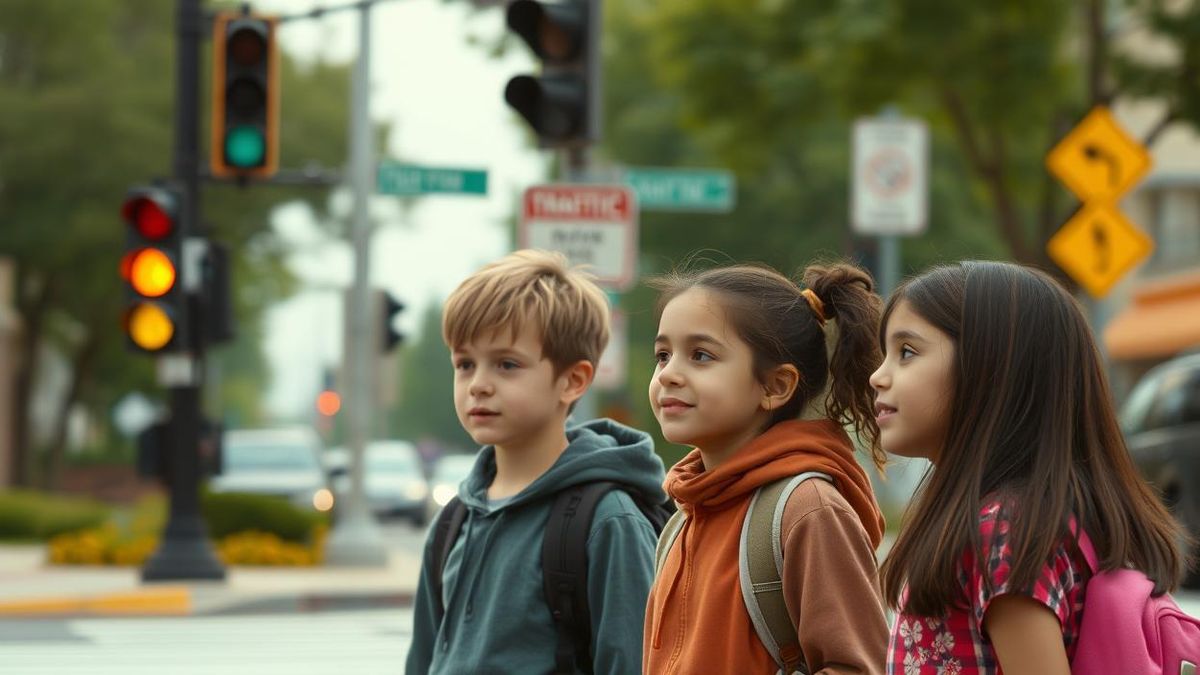Road safety is a fundamental aspect of our lives; whether we are drivers or pedestrians, the rules that regulate our behavior on public roads are essential if we want to build a safe and respectful environment for everyone. However, Road safety education remains a challenge for communities.
Recently UNICEF revealed that injuries and deaths from traffic accidents are the leading cause of death among children and young people worldwide. According to their figures, every two minutes a child or adolescent between 0 and 19 years old dies for this reason, which means more than 200 thousand deaths a year and 600 a day.
In this sense, incorporating from an early age, at home and at school, teaching about traffic rules and safe behavior on the streets can make a difference. the difference in the formation of responsible citizens and in the prevention of accidents.
Children are “knowledge sponges”: Everything they learn in their first years of life will have a fundamental and lasting impact on their development and, therefore, on their future behaviors. It is for this reason that adults have to demonstrate by example, carrying out responsible behaviors.
There are also fun and educational tools that can make learning fun and help children become familiar with traffic rules in an interactive and entertaining way. Family walks can also be a great way to teach basic concepts, such as looking both ways before crossing the street or respecting pedestrian priority. Another strategy can be reading stories and illustrated books that address the topic of safety in this area.
All these activities not only educate, but also encourage communication and dialogue about the importance of road safety education in everyday life.
In our country, there are provinces that carry out activities and educational sessions to raise awareness in the community about the importance of complying with traffic regulations, aimed at future drivers and pedestrians.
In the province of San Luis, for example, the national road safety education program in schools conducts talks on coexistence in traffic and the behaviors and habits that make up road culture. Meanwhile, in Córdoba, students from schools in the city can visit the School of Traffic and Road Safety, a space designed for teaching in a unique and fun way, through playful learning with games, talks, videos and traffic practices. In the same sense, the municipality of Viedma, in Río Negro, took advantage of Children’s Day in 2023 to carry out an initiative aimed at children, adolescents and the general public, on road safety, including talks and educational activities. Finally, the City of Buenos Aires has a “Children’s Road Park”, with games and activities for children to learn about the road safety. More than 20 thousand students a year learn about mobility and safety on public roads, with a track that recreates a real street with traffic lights, pedestrian walkways and traffic signs.
Incorporating road safety into children’s lives not only protects children from potential accidents or incidents, but also instills in them values of responsibility and respect for others. Understanding the importance of crossing the street at the crosswalk, wearing a seatbelt, or respecting traffic signs are lessons that, in addition to teaching them how to live in society, can save their lives and the lives of others.
Street safety is a task that involves us all and our commitment to it begins in the earliest years of life.
Manager of the Command and Control Center of Ituran Argentina
Source: Ambito
David William is a talented author who has made a name for himself in the world of writing. He is a professional author who writes on a wide range of topics, from general interest to opinion news. David is currently working as a writer at 24 hours worlds where he brings his unique perspective and in-depth research to his articles, making them both informative and engaging.




